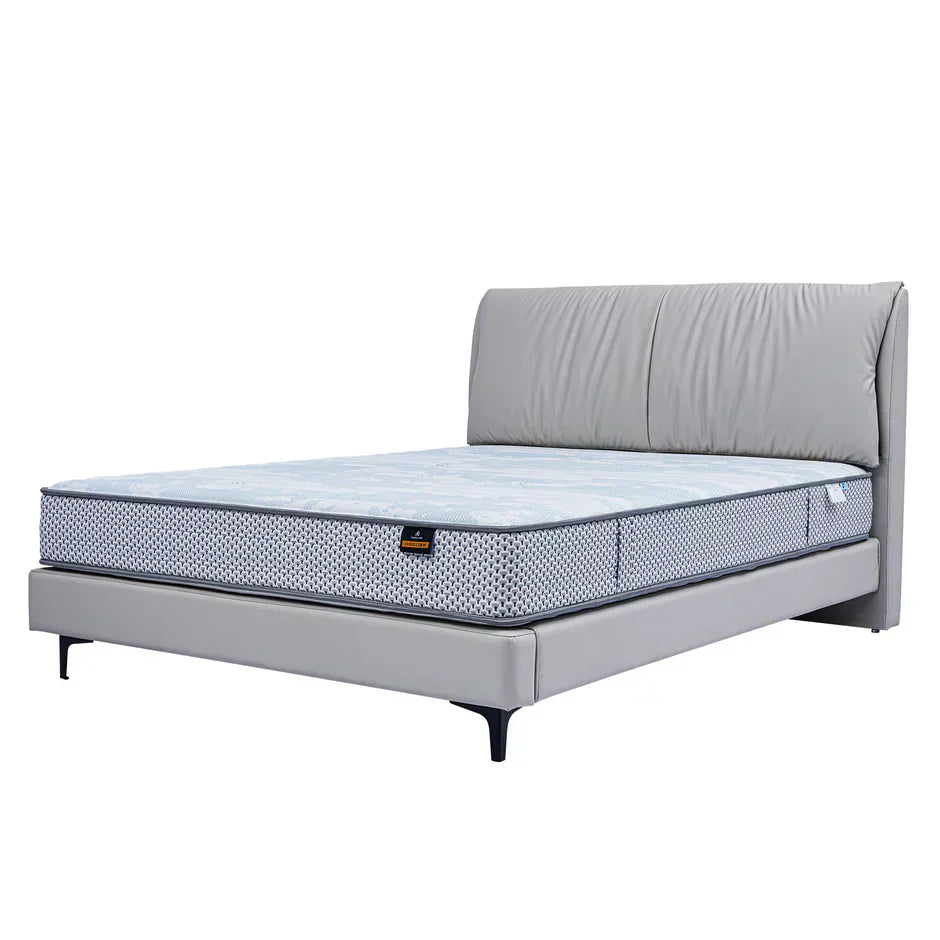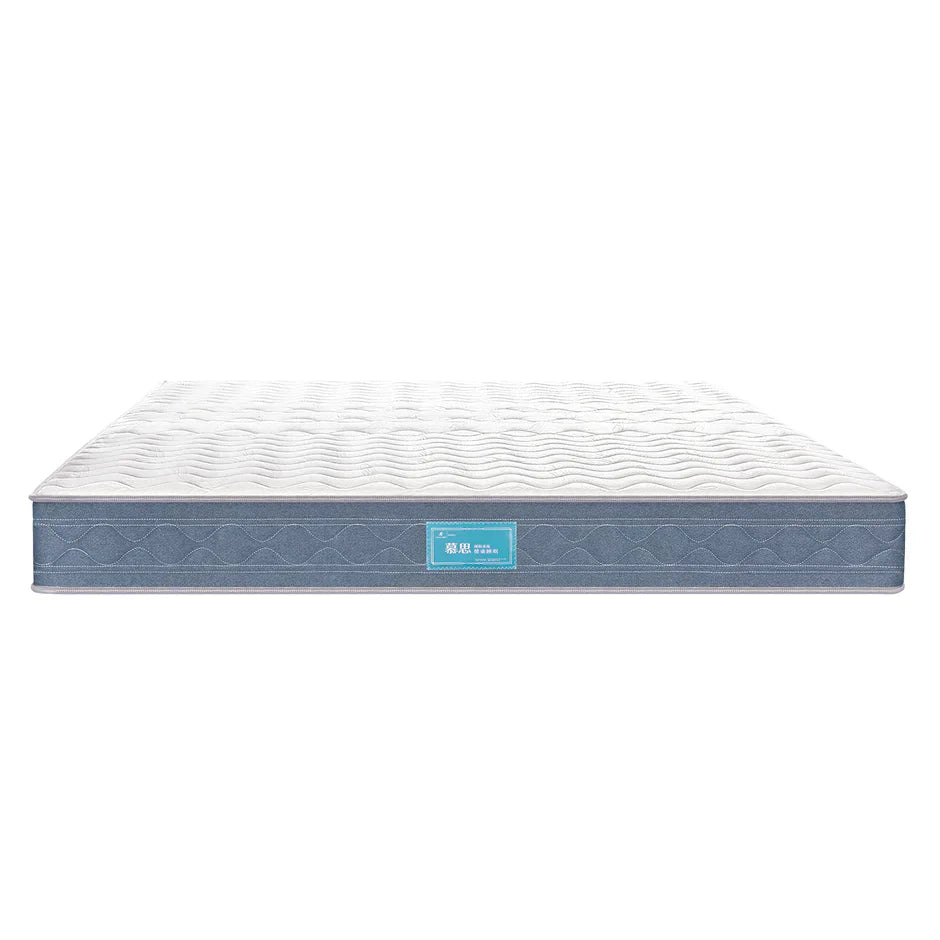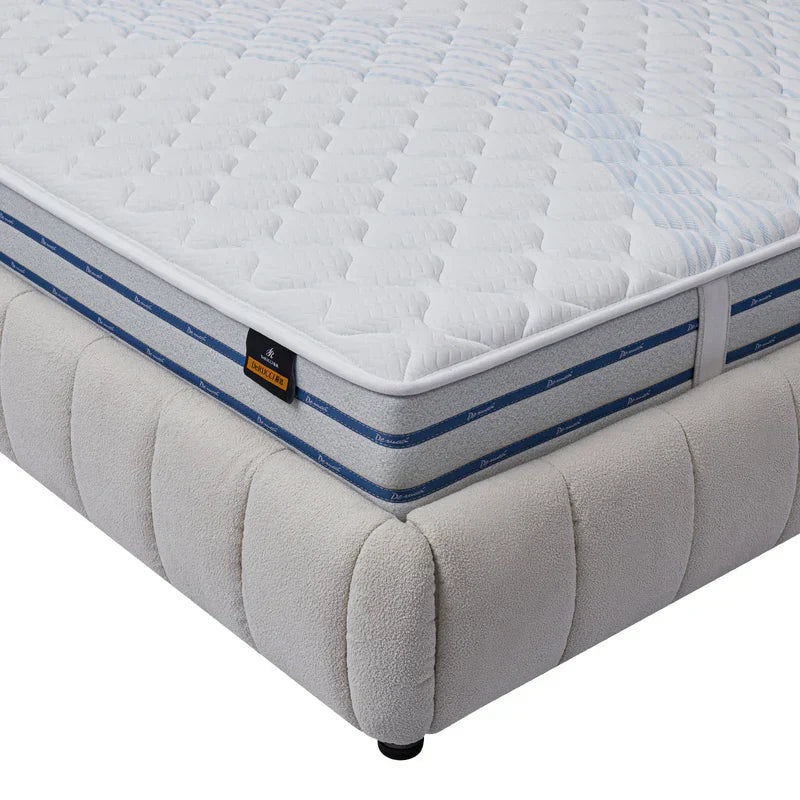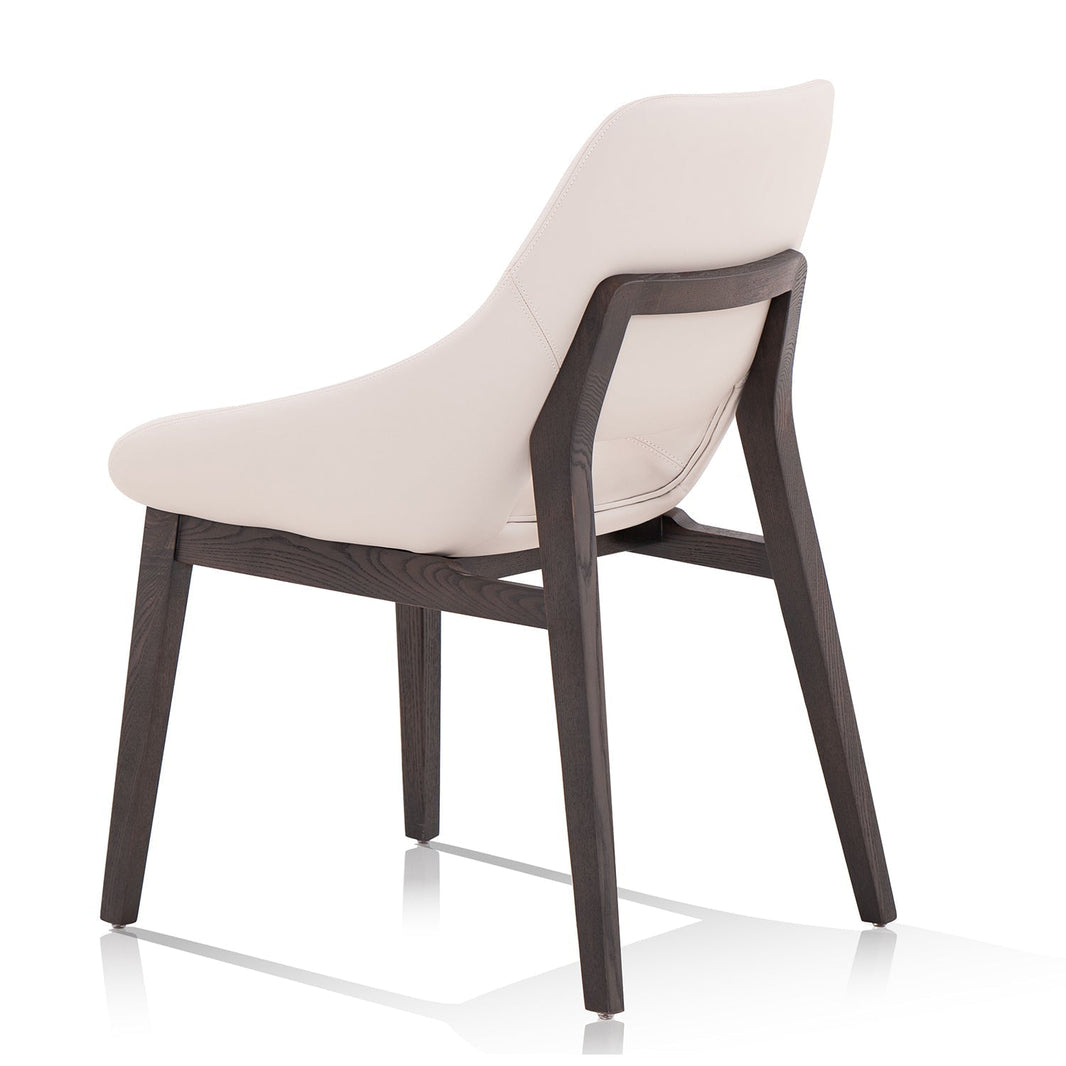Have you ever wondered if that sleek marble table in your living room is more than just a pretty surface?If you're looking for a deeper dive into selecting the perfect marble table, you can check out this blog:Guide to Choosing Marble Tables for Your Home.In this article, we're going to unravel this mystery. We'll dig into what marble furniture is made of, how it's put together, and the nitty-gritty differences between the natural and synthetic varieties. Then, we'll zoom out to see how furniture, in general, can affect the air quality in our homes with a sneaky little chemical called formaldehyde. Don't worry; we've also got the scoop on how to pick safer marble pieces without sacrificing style.
1. Getting to Know Marble Furniture
Marble furniture has a timeless beauty and a rich history that dates back to ancient civilizations, where it was prized for its elegant appearance. Today, it's loved for adding a touch of luxury and class to any home.
What's Marble Made Of?
Marble is created deep beneath the Earth's surface when limestone, rich in calcium carbonate, undergoes a transformation due to intense heat and pressure-a process known as metamorphism. This leads to the re-crystallization of the original minerals and forms the distinct veiny patterns marble is famous for. Marble's durability comes from this dense crystalline structure, but it also retains some porosity.
Different Kinds of Marble
While the quintessential image of marble is a gleaming white slab with gray veins, marble actually comes in a wide array of colors and patterns. These variations are due to the presence of different impurities like clay, silt, sand, iron oxides, or chert which were originally present in the limestone. Italian Carrara marble, for example, is known for its blue-gray veining, while the marble from Pietrasanta is often a bright white. The region of Tuscany produces Botticino marble, which has a warm beige hue. Each type of marble carries its unique characteristics and contributes to the overall aesthetic of the furniture piece.

Is Marble Furniture Safe for Health?
In terms of health safety, marble is largely inert, making it non-toxic and hypoallergenic. It does not harbor bacteria or allergens, making it an excellent choice for both kitchen and bathroom surfaces. However, due to its natural porosity, unsealed marble can harbor bacteria in its pores if not properly maintained. Therefore, sealing marble not only preserves its luster but also ensures it remains hygienic. To learn how to keep your marble furniture sparkling clean and hygienic, check out our detailed guide on cleaning and maintaining marble coffee tables.Moreover, unlike some synthetic materials, marble doesn't emit volatile organic compounds (VOCs), ensuring that it doesn't contribute to indoor air pollution.
2. What Types of Furniture Release Formaldehyde?
Formaldehyde is a chemical used in making building materials and many household products. It's colorless, flammable, and has a strong smell. In furniture, formaldehyde is used mainly in the making of engineered wood products.
Which Furniture Releases Formaldehyde?
The most common types of furniture that release formaldehyde are those made from manufactured or engineered wood products. These include items like:
- Particleboard: Often used in bookcases, desks, and some flat-pack furniture.
- MDF (Medium-Density Fiberboard): Common in cabinets, wardrobes, and decorative molding.
- Plywood: Used in some types of furniture frames and paneling.
- Laminated Furniture: Sometimes uses adhesives that contain formaldehyde.

Why Do They Release Formaldehyde?
These wood products are made by breaking down hardwood or softwood residuals into wood fibers, which are then mixed with resin and wax to bind them together. The resin often contains formaldehyde, which can "off-gas" into the air over time.
What About Temperature and Humidity?
Warmth and humidity can increase how much formaldehyde is released from furniture. So, if furniture is placed in a warm and damp room, there might be more formaldehyde in the air.
Is It Dangerous?
Yes, formaldehyde can be harmful. Breathing in formaldehyde over a long time can lead to respiratory problems and other health issues.
3. Is Your Marble Furniture Emitting Formaldehyde?
If you're worried about formaldehyde in your marble furniture, it's good to know that marble itself isn't the problem. Marble furniture is often considered a safer choice regarding formaldehyde emissions primarily because of the nature of the material itself. Because it's a natural stone, marble does not contain formaldehyde or any other volatile organic compounds (VOCs) as part of its composition.
However, the glues and sealants that are used to put marble furniture together might give off some formaldehyde. When checking your marble furniture for formaldehyde emissions, consider a few details. New marble furniture might give off more of this chemical initially, but as time goes by, the levels typically drop. Also, if you live somewhere warm and humid, those conditions can make formaldehyde release into the air more. Plus, the kind of materials used to glue and seal the marble matter too-better quality means less formaldehyde.
So, when you're shopping for that perfect marble piece, don't hesitate to ask about what's been used to make it. Knowing what's behind and beneath that shiny marble surface can help you pick furniture that doesn't just look good but is also better for the air you breathe at home.
4. How to Select Marble Furniture with Peace of Mind
Want to make sure you're getting high-quality marble furniture that won't compromise your indoor air? Here are some tips:
- Ask about the origin: High-quality marble usually comes from well-known quarries with a reputation for strong, durable stone.
- Check the finish: A top-tier marble piece will have a smooth finish with a consistent polish. If it looks uneven or dull, it might be a sign of lower quality.
- Examine the seams: If your marble furniture is made up of more than one piece of stone, take a close look at where those pieces come together. Neat, tightly fitted seams suggest good craftsmanship.
- Inquire about adhesives and sealants: Don't be shy-ask what kind of materials are used to bond and seal the marble. Companies that use high-quality, low-emission products will usually be happy to brag about it.
- Feel the weight: Marble is a dense material, so if your furniture feels suspiciously lightweight, it might be a synthetic lookalike or mixed with cheaper materials.
- Trust your eyes: Genuine marble will have natural variations and patterns; if it looks too perfect, it could be an imposter.
- Look for transparency: Manufacturers who provide detailed information about their materials and processes tend to be more reliable. Transparency is key.
Investing a bit of time into asking questions and examining the details can lead to a stylish home that's as healthy as it is beautiful. And with these savvy shopping strategies, you'll be able to pick out marble furniture that stands the test of time in both durability and safety.
Final Thoughts
While marble furniture can elevate the look of your home, paying attention to the hidden details is crucial for maintaining good indoor air quality. Marble itself is safe, but the adhesives and sealants used in assembly may not be. Armed with the right knowledge about certifications, materials, and construction quality, you're now equipped to choose marble pieces that are as healthy as they are stylish.








